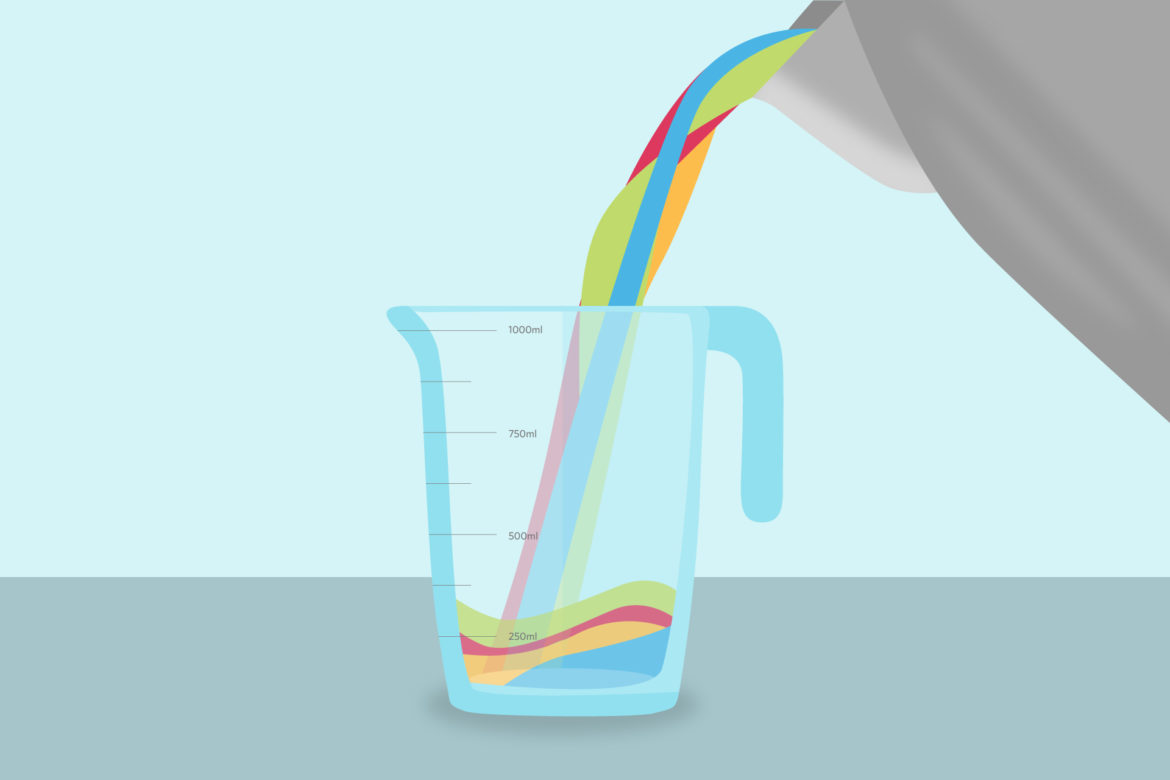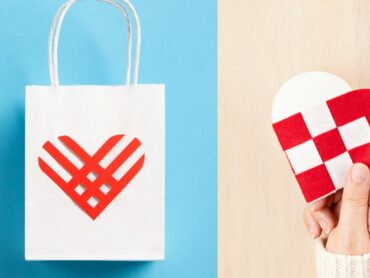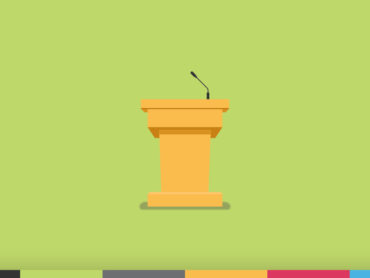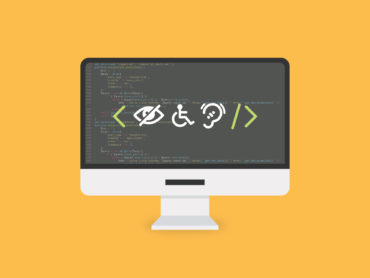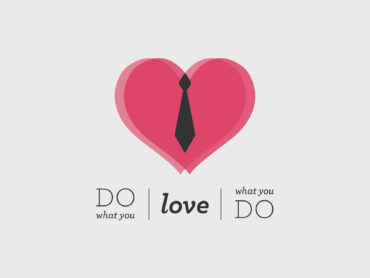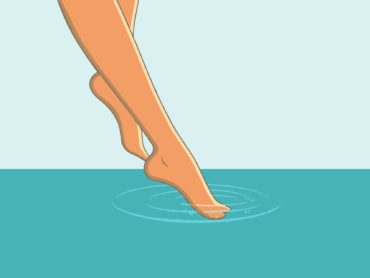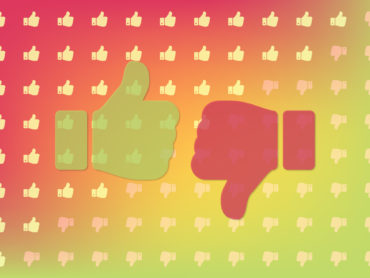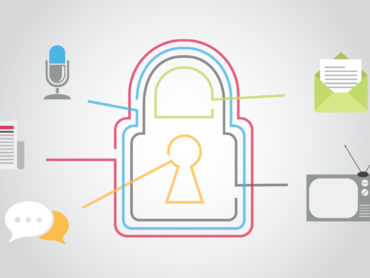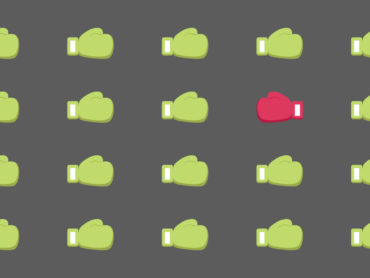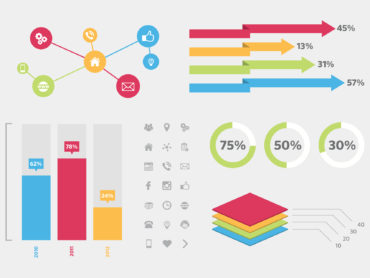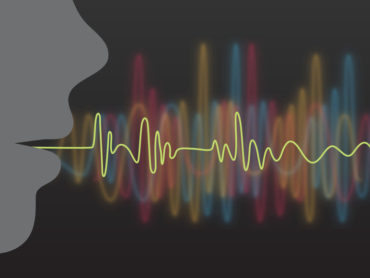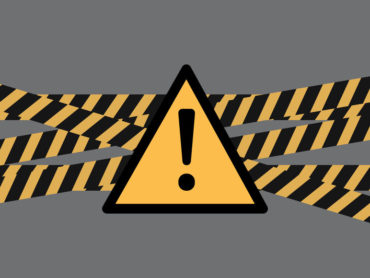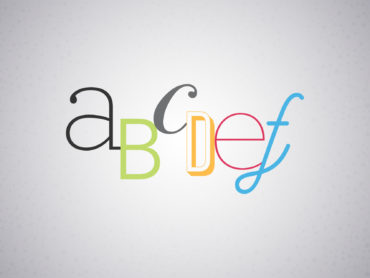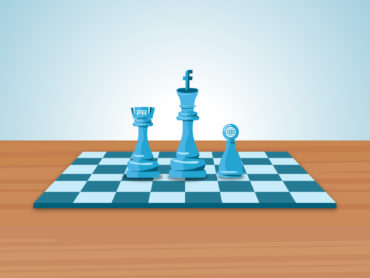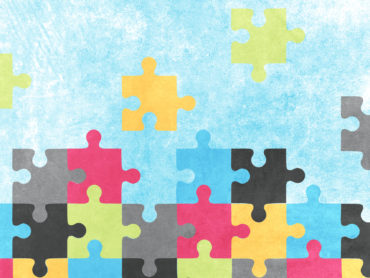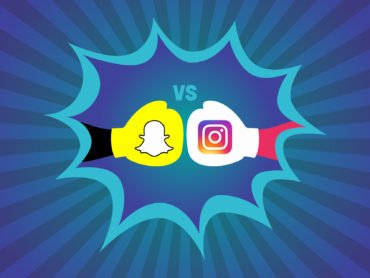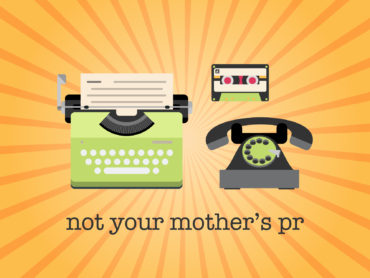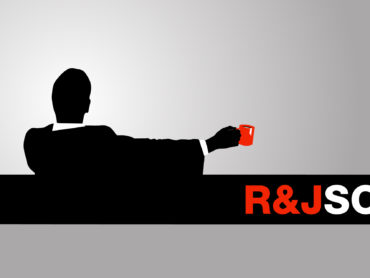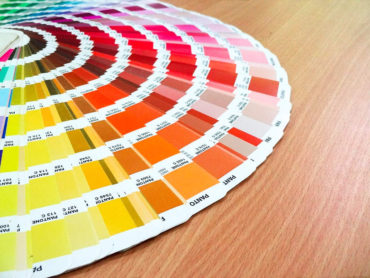How to Determine the Value of a Design
R&J has been known to produce astounding results for our clients. Whether it’s a series of media placements from our PR team or KPI growth from our digital team, the proof is in the pudding. Our creative team, however, is presented with more of a challenge — how do you measure the success of a design?
If the design is being presented in the form of a graphic on social media, in an email blast, or on a website, one could measure the number of clicks, views, and impressions it received; however, these can also be influenced by external factors such as the time of day that it was posted or the day of the week that it was sent. Conventional creative strategies can also be used to measure a design: color theory, composition, structure, etc. Studies have been done to evaluate which colors elicit certain responses from people, but again, that alone cannot determine the success of a design either.
In reality, the effectiveness of a logo, infographic, email blast, social graphic, website design, or brand system, cannot be completely measured. Since the effect that it has is unique to each person, it is entirely subjective. This provides a unique challenge to me, as a designer — how can I ensure that my client’s voice is being heard in the tone with which they wish to communicate to each audience member, with simply a graphical composition and the proper aesthetic? And how can I prove to them that this goal was achieved?
Every designer worth their salt knows that every design decision made should have a concrete reason that can be argued and (if at all possible) proven. So, when a client asks why you used that precise shade of blue or why you chose a specific layout, you can defend your work with tangible explanations and sound logic. Additionally, while the outcome of a design is difficult to measure, the tried and true methods of dissecting the individual elements of a design have proven to be effective.
As I mentioned earlier, extensive marketing research tells us that colors have been known to provoke emotional responses. Studies have also been conducted to determine the amount of information that a human being can properly digest based upon column width, paragraph length, and overall text arrangement. Additionally, factors that affect layout and functionality can directly influence the success of a website or mobile app. User experience is of vital importance to web design and can make or break its impact. These are but a few of the individual elements of a design that can be evaluated.
Comparatively, what makes a person like a particular song? Is it the beat? The rhythm? The lyrics? The melody? Or is it all of that combined? What attracts someone to a specific painting? Is it the color usage, composition, brush strokes, or subject matter? The same principles hold true for graphic design. Each person has their own unique taste and experiences that have influenced how they receive and interpret information. Each audience member will react individually to a design depending on which elements they gravitate towards, what it evokes from their memories, and whether it then elicits an emotional response. A graphic designer must therefore learn to interpret, channel, and execute these strategies in order to create an objectively successful piece of work.

